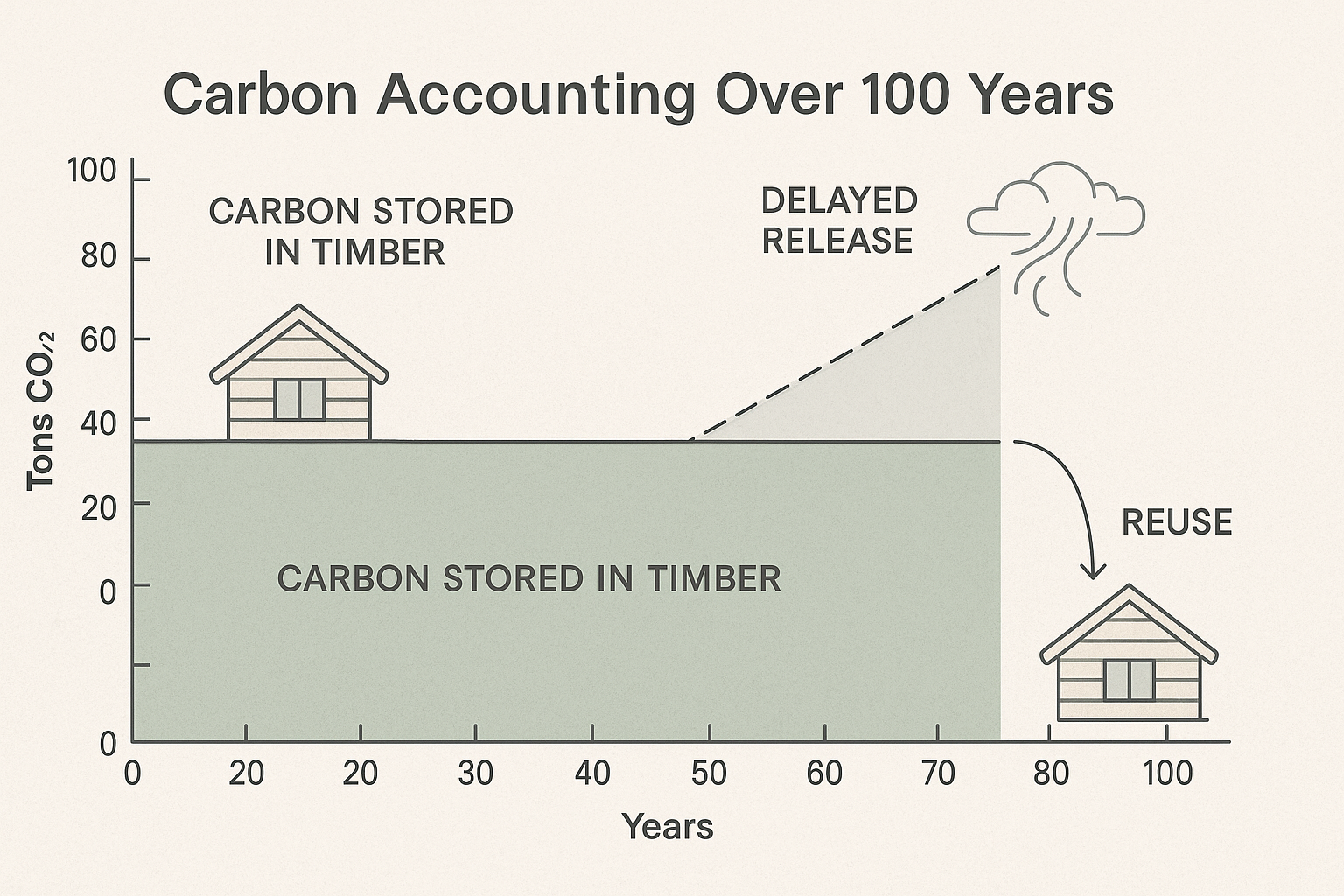
Last Updated on: 23rd July 2025, 03:51 am
A pilot project in rural Uganda demonstrates that utilities and mini-grid operators working together can deliver electricity 3.5 times faster and 64% cheaper than traditional approaches.
With over 600 million people across Africa still lacking access to electricity, the continent faces one of the world’s most pressing development challenges: securing adequate reliable, affordable energy for economic growth, job creation, healthcare, education, and clean water access. Despite decades of investment and numerous initiatives, electrification rates have struggled to keep pace with population growth, leaving entire communities trapped in energy poverty and economic potential unrealized.
In Uganda, the challenge is stark. Approximately 23 million people, about half of the population, remain unconnected to electricity. In rural areas, access drops even further, and even where connections exist, outages are frequent and costly. Productive use of energy, a key driver of economic transformation, remains low.
Part of the problem lies in how electrification has traditionally been approached. National utilities and decentralized renewable energy (DRE) providers have largely operated in silos—competing for limited funding, duplicating infrastructure, and missing opportunities to align on shared goals. This fragmentation has made it hard to reach last-mile communities cost-effectively. Extending the grid to remote areas involves high capital costs, sparse customer bases, and low consumption—challenges utilities with tight budgets can’t easily overcome. Meanwhile, DRE companies often lack the regulatory support or scale to go beyond isolated pockets of service.
To break through these barriers, Uganda piloted a bold alternative.
The Utilities 2.0 model
Launched in 2021, the Utilities 2.0 initiative is a first-of-its-kind partnership between centralized utilities and DRE providers.
Convened by Power for All, a global campaign working to end energy poverty, in partnership with Uganda’s national utility Umeme, mini-grid developer Equatorial Power, and productive use of energy partners Energrow and East African Power, the pilot brought together regulators, funders, and policymakers to address the systemic barriers that have traditionally prevented coordinated electrification efforts. Rather than seeing utilities and mini-grid operators as competitors, Utilities 2.0 explored how they can collaborate to connect more people, more quickly, and more sustainably.
The pilot took place in Kiwumu, a peri-urban community where grid extension had long been planned but not yet implemented. A solar mini-grid and smart distribution network were rapidly deployed, electrifying 92% of households within six months. As demand grew, the site was interconnected with the main grid, and the mini-grid was redeployed to a new off-grid area—showcasing a dynamic, modular approach that meets people’s energy needs now, while aligning with long-term grid plans.
Results that redefine what’s possible
The impact was extraordinary. In weeks, 370 households gained power—3.5 times faster than traditional grid timelines. Monthly electricity consumption soared to 2,765 kWh, 30 times more than comparable grid-connected communities, as homes and businesses moved quickly up the energy ladder—from basic lighting to productive uses like refrigeration, maize milling, drying, and small-scale manufacturing.
Costs were also slashed. The average cost to connect a household dropped from over $500 to just $186. Pre-paid smart metering halved distribution losses. And critically, customer lifetime value rose by more than 400%, making rural electrification more financially attractive to both public and private investors.
A blueprint for scale
The Utilities 2.0 model isn’t just a local success—it’s a replicable blueprint. By integrating planning, investment, and service delivery across centralized and decentralized actors, it solves long-standing bottlenecks in last-mile access.
Scaling this approach across Uganda could provide 1.5 million new electricity connections by 2030—representing 14% of the total needed connections—while adding 70MW of renewable energy capacity. It would cut investment costs by 30%, reduce household connection costs by 64%, and expand the mini-grid market share from 100,000 to 1.5 million connections. For a country with over 28 million people still unconnected, these numbers represent a significant leap toward universal energy access.
Key enablers for scale include:
- Joint planning between utilities and mini-grid developers to map demand and deploy least-cost solutions.
- Blended financing models that de-risk private capital while leveraging utility stability.
- Regulatory innovation to enable interconnection, tariff alignment, and asset portability.
- Smart technology to track usage, reduce losses, and improve customer experience.
- Support for productive use to grow local economies and boost energy demand.
The success in Kiwumu demonstrates what is possible. Now, with the right policy, investment, and collaboration, Uganda has an opportunity to lead the way in electrification—while offering a model that can inform and inspire other countries facing similar access challenges.
Regional momentum
With the African Development Bank and World Bank leading Mission 300, an ambitious initiative to connect 300 million people to electricity across sub-Saharan Africa by 2030, partners have pledged more than $50 billion to accelerate progress. Models like Utilities 2.0 offer a proven, cost-effective pathway to help achieve these goals by fostering collaboration between national utilities, decentralized energy providers, and regulators, accelerating electrification across the region.
But, meeting these goals will require political will from governments and targeted policy and regulatory reforms tailored to national contexts. Without this alignment, even the most effective technical solutions risk falling short of their potential.
The time for integration is now
Kiwumu proves that integrated electrification is not only possible—it’s faster, cheaper, and better for customers and utilities alike. The question is no longer whether centralized and decentralized actors can work together. It’s how fast we can replicate and scale what works.
Sign up for CleanTechnica’s Weekly Substack for Zach and Scott’s in-depth analyses and high level summaries, sign up for our daily newsletter, and follow us on Google News!
Have a tip for CleanTechnica? Want to advertise? Want to suggest a guest for our CleanTech Talk podcast? Contact us here.
Sign up for our daily newsletter for 15 new cleantech stories a day. Or sign up for our weekly one on top stories of the week if daily is too frequent.
CleanTechnica uses affiliate links. See our policy here.
CleanTechnica’s Comment Policy




